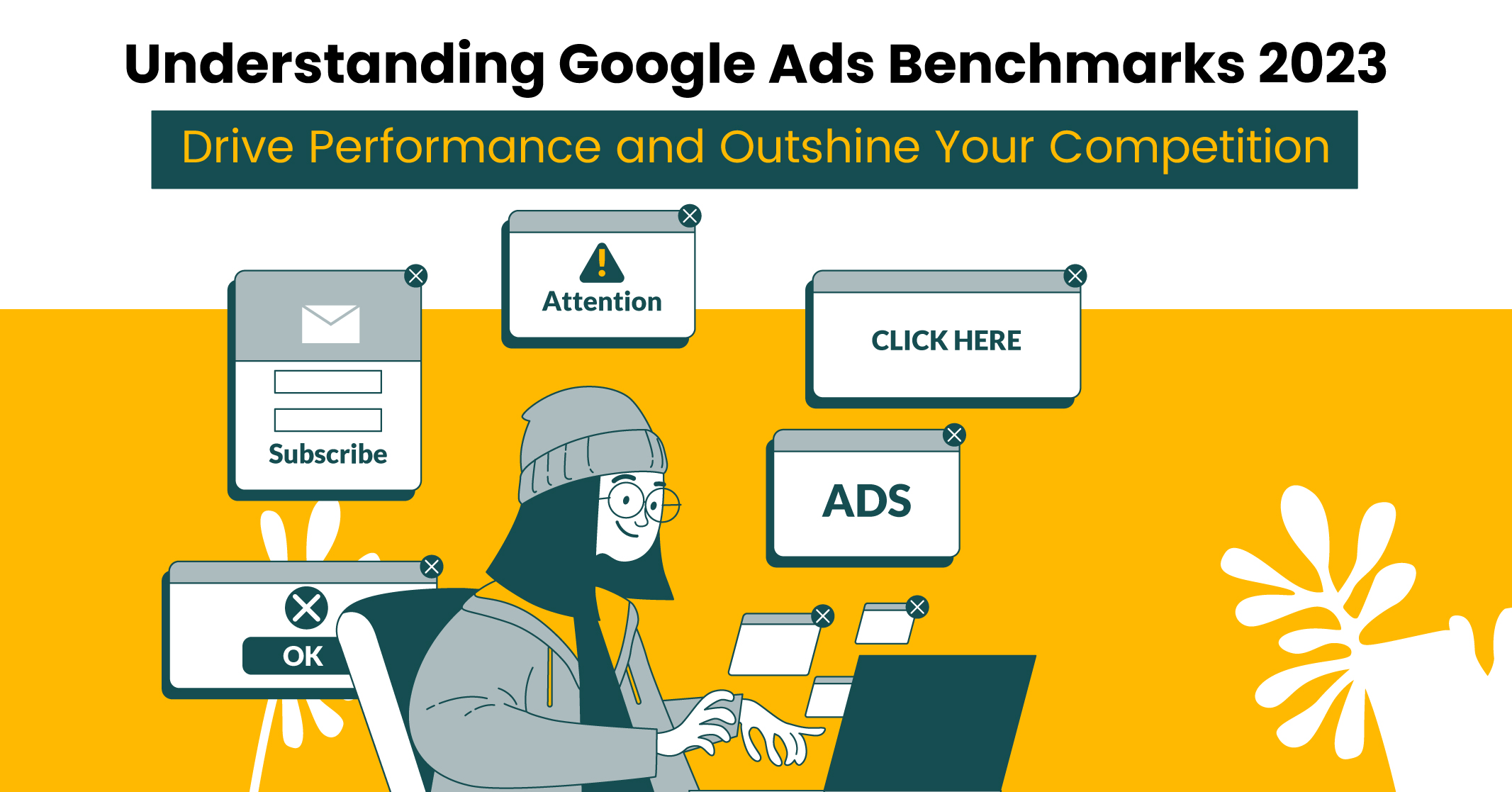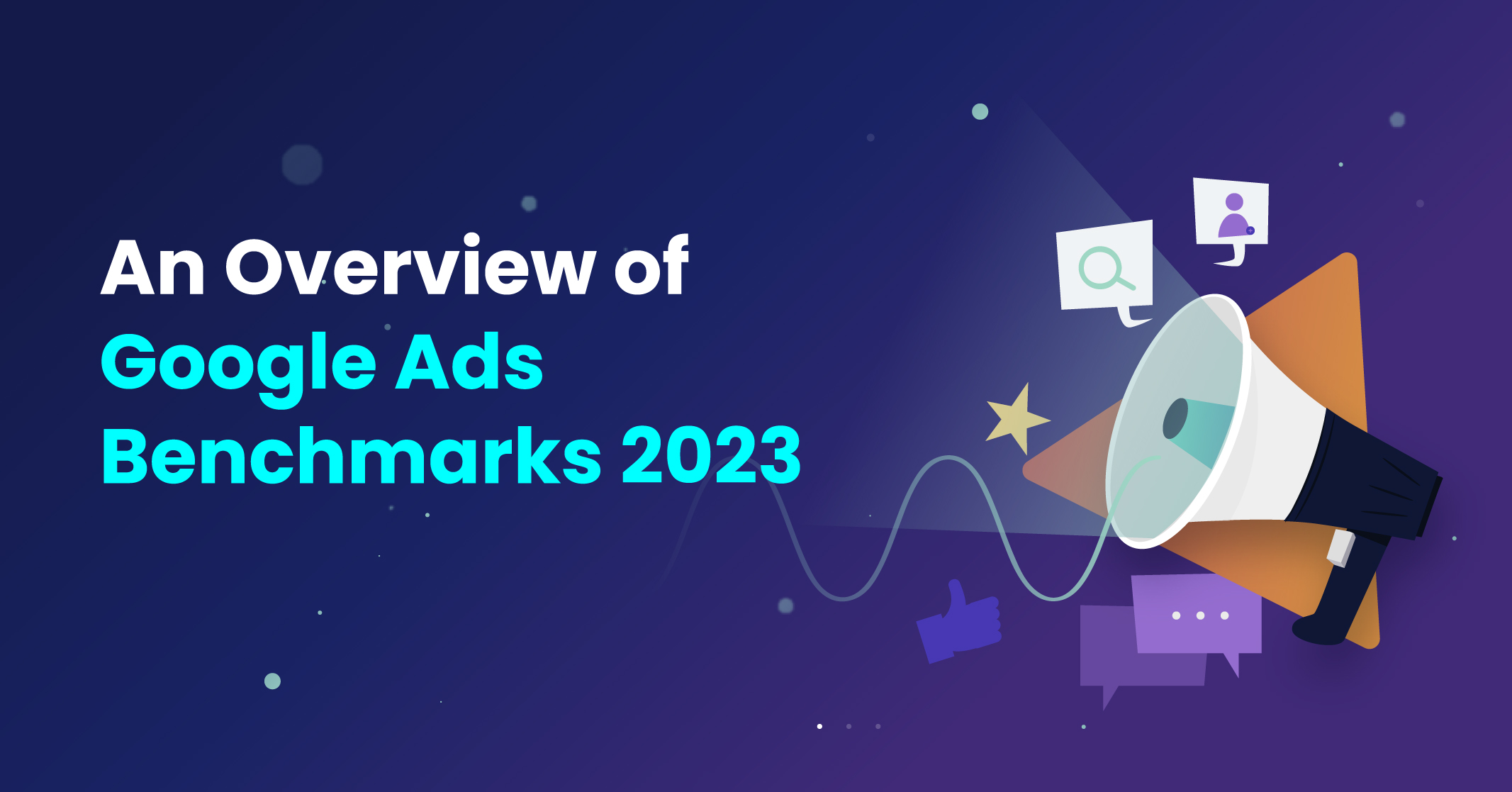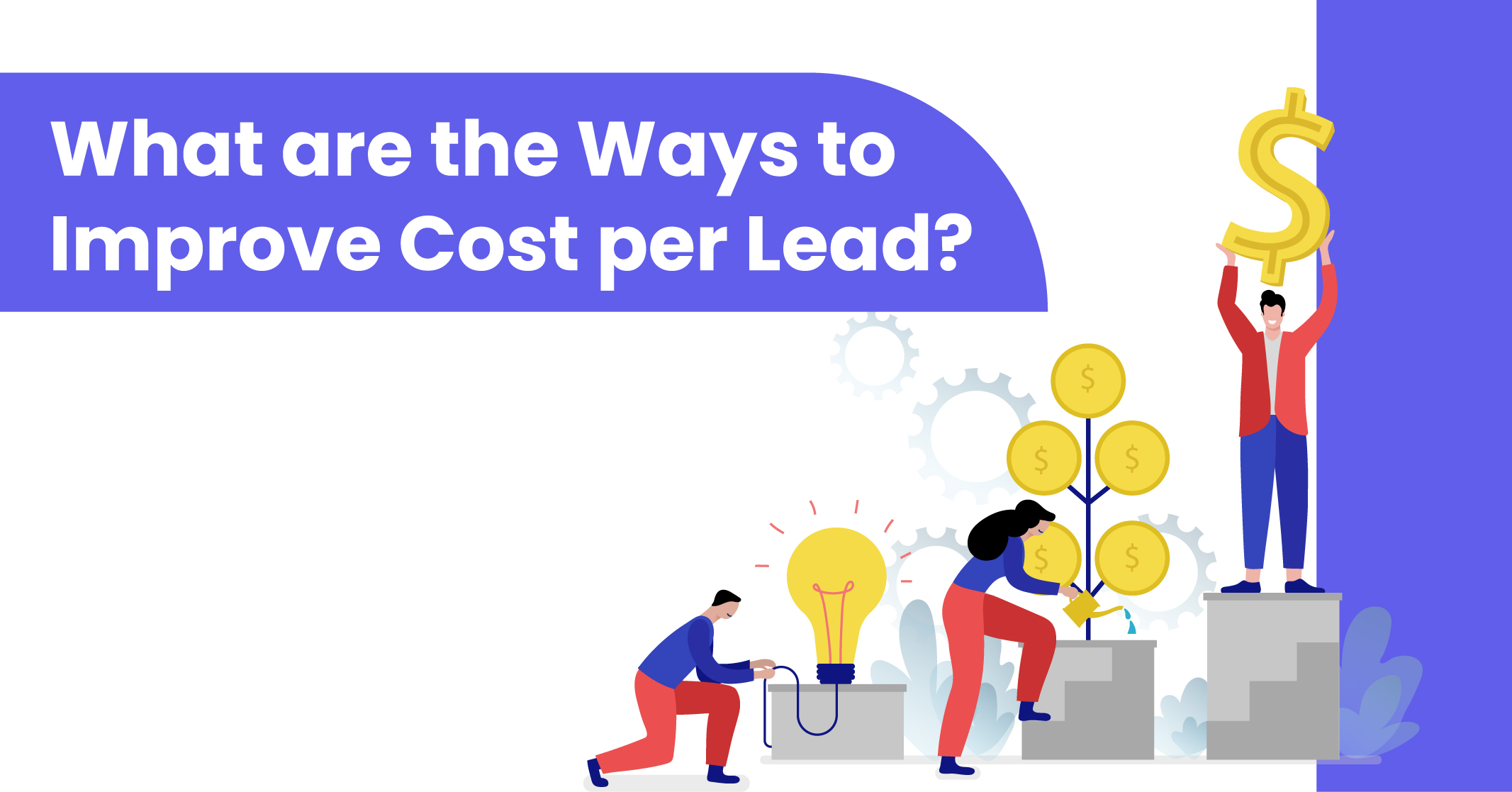I hope you enjoy reading this blog post.
If you want to get more traffic, Contact Us

Click Here - Free 30-Minute Strategy Session
Be quick! FREE spots are almost gone for this Month. Free Quote

In the realm of online business promotion, Google ads have proven to be an incredibly effective strategy. On average, optimised pay-per-click (PPC) advertising generates a remarkable 200% return on investment (ROI), delivering $2 for every $1 spent.
However, ensuring that your search campaigns are fully optimised can be a daunting task. With your advertising budget at stake, it is crucial to have the assurance that your campaigns are delivering results that align with your business goals.

Click Here – Free 30-Minute Strategy Session
Be quick! FREE spots are almost gone for this Month
Imagine if you could gain valuable insights into your competitors’ advertising accounts to gauge your performance. While that remains beyond reach, for now, we present something even more valuable.
Introducing Google Ads Benchmarks: Comprehensive Industry Analysis
To gain a comprehensive understanding of the search ads landscape, let’s take a step back and examine the overarching trends that have emerged from the data analysis.
Here are the essential trends you should be aware of:
In summary, these advertising benchmark trends highlight the evolving challenges within the search ads landscape. While navigating this space may appear more complex this year, executing search advertising campaigns effectively can lead to substantial rewards.
Learn More: The Ultimate Guide to AdWords Conversion Tracking
An essential metric for evaluating the efficiency of your search ad quality is the average click-through rate (CTR). A higher CTR, achieved through an elevated ad rank and compelling ad copy, plays a pivotal role in driving clicks and serves as a crucial milestone towards achieving conversions.
Calculate your average click-through rate by simply dividing the total number of clicks by the total number of impressions.
What You Need to Know?
As of 2023, the average click-through rate in Google Ads stands at 6.11%. Examining specific industries, the sectors with the lowest click-through rates include:
These sectors demonstrate a higher propensity for attracting clicks, indicative of their effective ad campaigns and engaging offerings.

Certain industries experienced notable fluctuations in their average click-through rates (CTR) compared to the previous year. The most significant declines were observed in the Business Services sector, with a decrease of 2.11%, followed by Industrial and Commercial, which saw a decline of 1.94%.
Important Points:
Effective Strategies for CTR Google Ads
If your click-through rates fall below the industry average, there is no need to worry. You can swiftly improve your click-through rate by addressing key aspects such as your ad copy and targeting methods. Consider exploring innovative approaches that you may not have tried before.
The average cost per click (CPC) in Google Ads or Microsoft Ads is determined by dividing the total campaign expenditure by the number of clicks received. Clicks play a pivotal role in search campaigns, as they direct ad viewers to your landing page and contribute to customer conversions.
However, it’s important to note intense competition within specific industries, can challenge this correlation, indicating that the relationship between click-through rates and cost per click is not always straightforward.
Cost per lead (CPL) represents the division of total expenditure by the total number of conversions, providing insights into the effectiveness of your PPC advertising investments. In essence, it quantifies the value obtained for each dollar spent.
Examining industry-specific data, the sectors with the highest cost per lead include:
These industries face relatively higher expenses to acquire each lead through search ads.
Conversely, industries with the lowest cost per lead are:
These sectors demonstrate more cost-efficient lead acquisition through search ads.

To reduce your cost per lead in Google Ads, it’s crucial to focus on two key aspects:
These two factors directly impact the expenses associated with individual conversions and the overall effectiveness of lead generation.
What To Do?
Analyse your cost per click, as it correlates directly with the potential cost of each conversion. Lowering the cost per click can contribute to reducing the overall cost per lead. Additionally, evaluate your conversion tracking strategy. By offering multiple action options on your website for users to complete, you can increase the likelihood of generating conversions and offset lead costs.
However, it’s essential to remember that cost per lead shouldn’t be the sole metric for assessing the effectiveness of your search advertising campaigns. You may discover that although your cost per lead is relatively high, the leads generated are valuable for your business, justifying the associated expenditure.
Here are the key takeaways from our report and how you can translate them into actionable steps for your account:
Adapt budgets to stay competitive: As average costs per lead and costs per click continue to rise in most industries, it’s crucial to recognize the challenge of stretching a limited Google Ads budget. To overcome this, consider implementing smarter budgeting strategies rather than simply increasing your marketing budget.
What To Do?
Flexibility is key to achieving success in cost per click and cost per lead. By remaining ready to reallocate your campaign budget based on your specific needs and market trends, you can maintain competitiveness. Focus on maximising the performance of campaigns that are delivering results for your business.
The Evolving Customer Search Journey: With a significant decline in average conversion rates across 91% of industries, it is evident that the buyer’s journey is rapidly transforming. Consumers are becoming more conscious of economic factors such as inflation, resulting in greater consideration and deliberation before making purchasing decisions. This shift in behaviour likely explains the lower conversion rates, despite the overall increase in click-through rates observed year over year.
What To Do?
Search advertisers must remain attuned to the real-world implications of their prospects’ search queries, even if their keywords have remained relatively unchanged. It is essential to recognise that the cost of capturing leads extends beyond the initial ad impression.
Enhanced Clickability of Search Ads with Updates: The notable surge in CTR Google ads in various industries indicates a growing inclination among users to interact with ads more than ever before. This shift can be attributed to recent updates in search campaigns, such as the introduction of responsive search ads as the default ad type, which allows for additional ad assets. These advancements have significantly improved the quality of ads displayed on the search engine results page (SERP).
What To Do?
Advertisers need to priorities optimizing their ad copy and leveraging multiple ad assets to create highly compelling ads that can effectively compete in this evolving landscape.
Tracking and reporting in Google Ads: One crucial aspect highlighted in this report is the importance of diligent tracking and reporting in ensuring overall success. It is essential to stay updated on benchmarks like those presented in this report to gain insights into key industry trends. However, equally important is benchmarking your progress, enabling an accurate evaluation of your business’s performance compared to competitors.
What To Do?
Focus on structuring your account and campaigns in alignment with your goals. By prioritizing the metrics that align most closely with your PPC advertising objectives and organizing your ad account accordingly, you can maximize the performance of those metrics.
While these benchmarks can serve as a valuable starting point when revitalizing your strategy, it’s important to remember that there is no definitive right or wrong approach to promoting your business on Google or Microsoft. Each advertiser’s account is unique and will differ from others.
What To Do?
When you’re aiming to maximize your search advertising return on investment (ROI), these benchmarks can guide you in the right direction. If the data has prompted you to consider giving your account some attention, it’s completely normal.
Conclusion: By adhering to our best practices and recommendations provided here, you can uncover the untapped potential of your campaigns. These Microsoft and Google Ads search advertising benchmarks can be invaluable tools for refining your strategy.
While every account is unique, leveraging the insights gained from these benchmarks, combined with our recommended best practices, can help you make the most of your search advertising endeavours.

LEAVE A REPLY